Price: Starts from ₹ 149,000
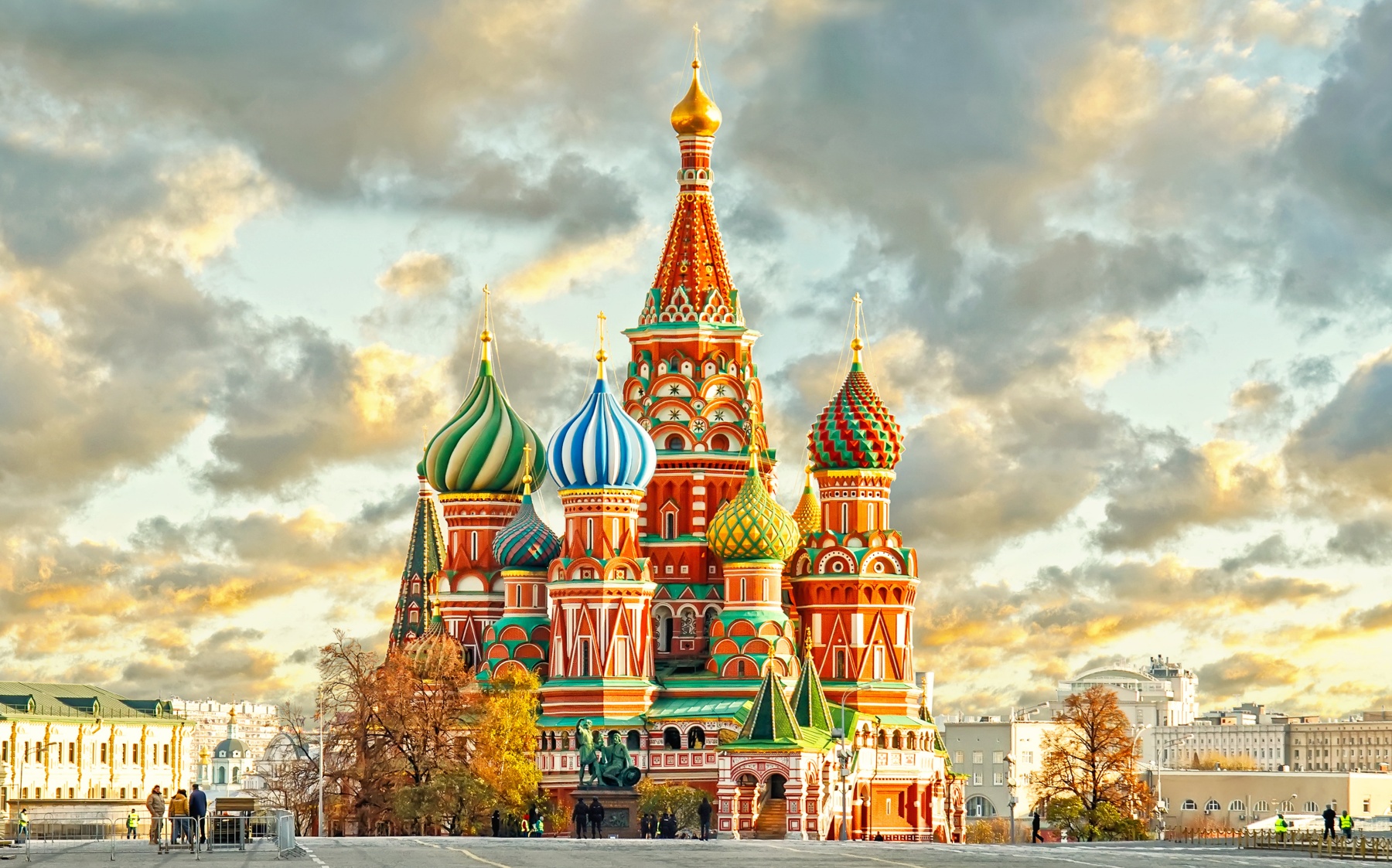
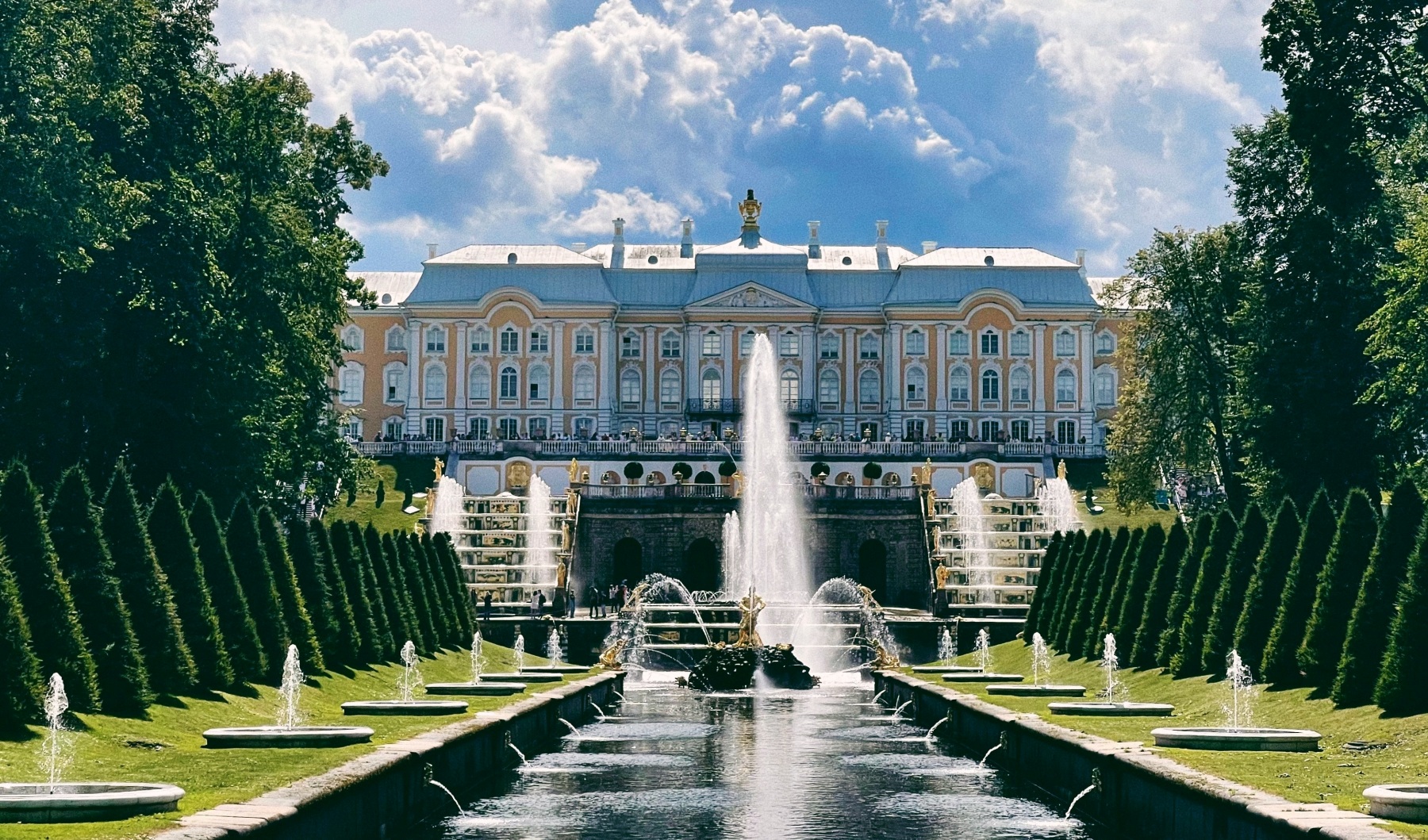
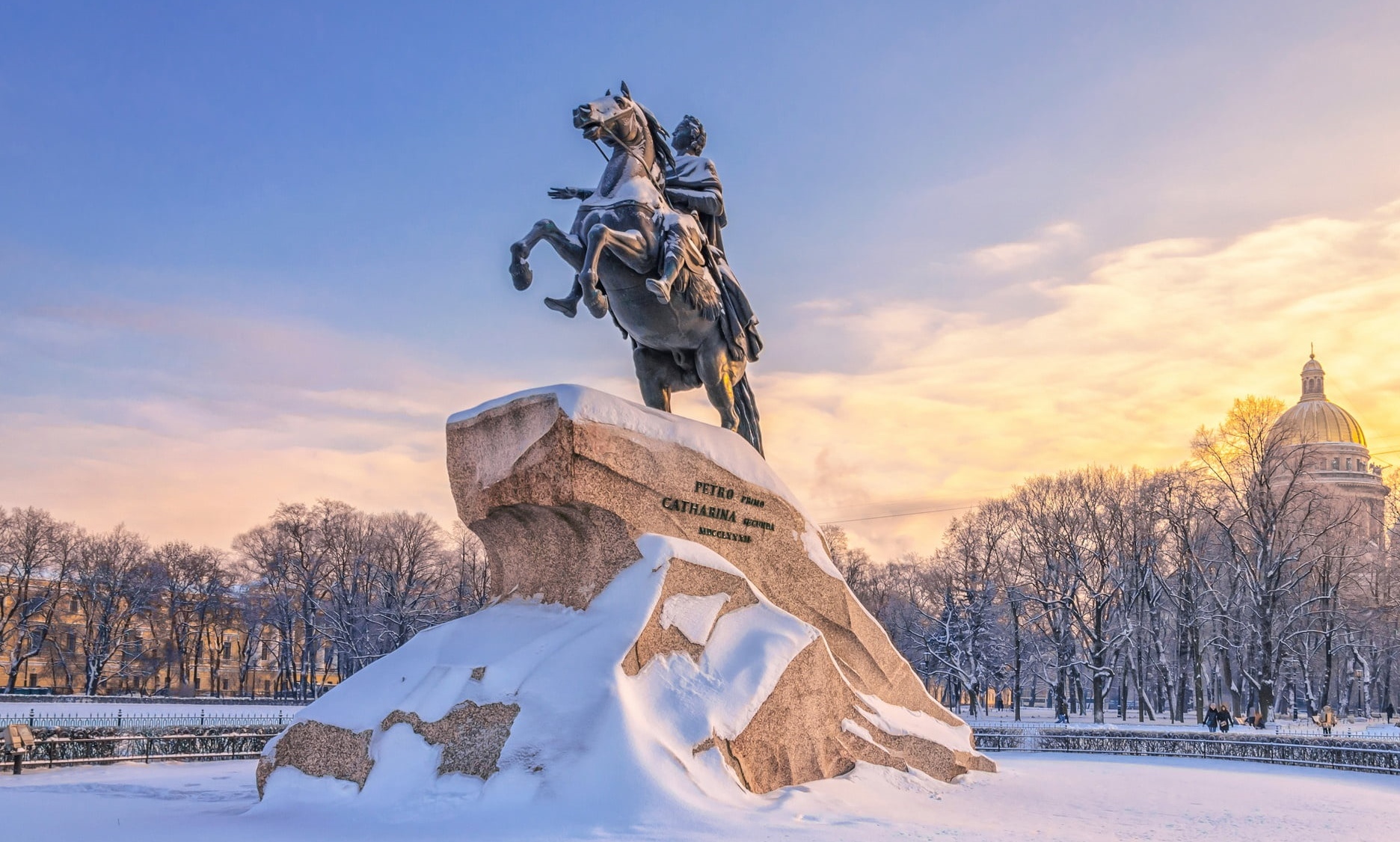
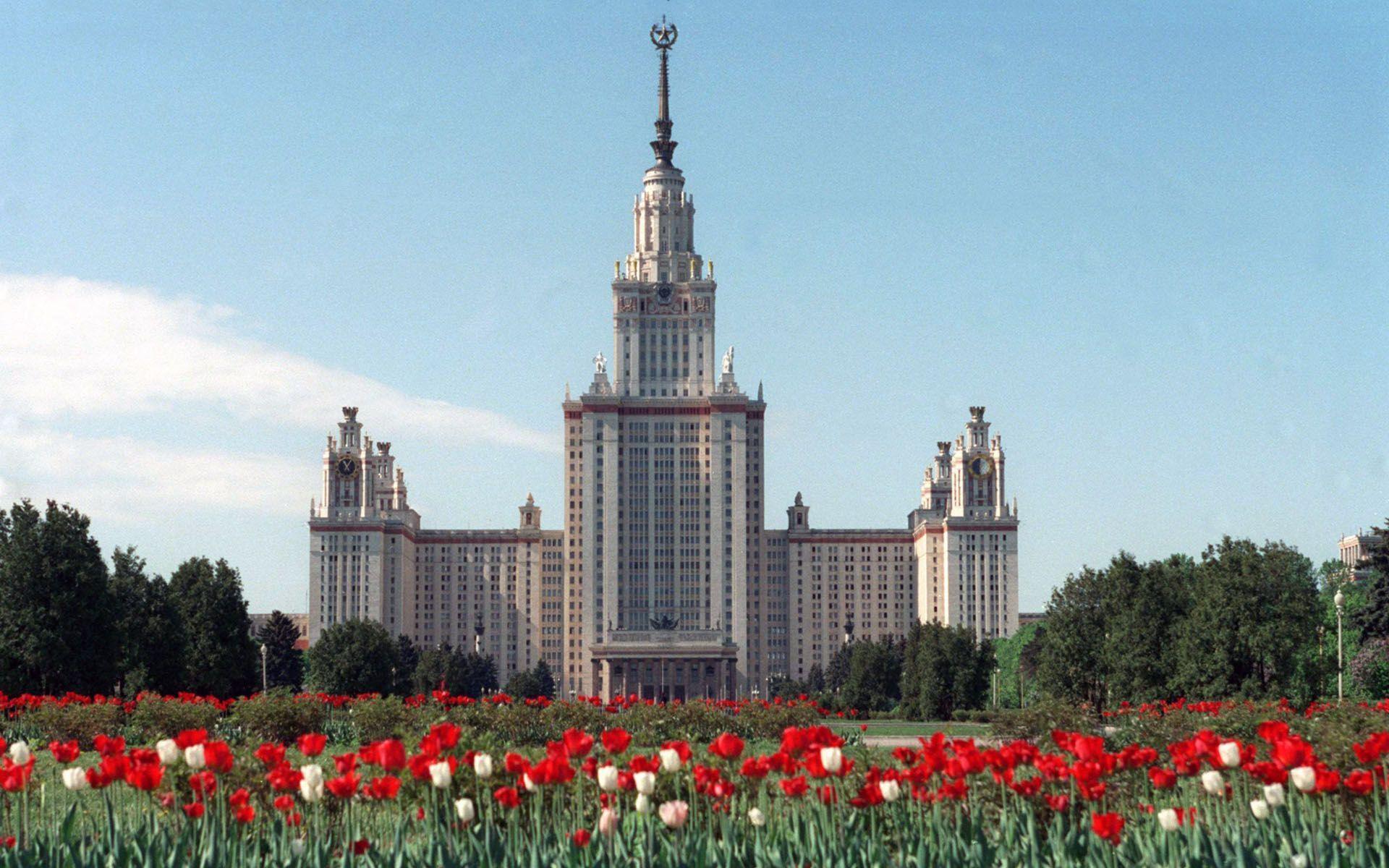
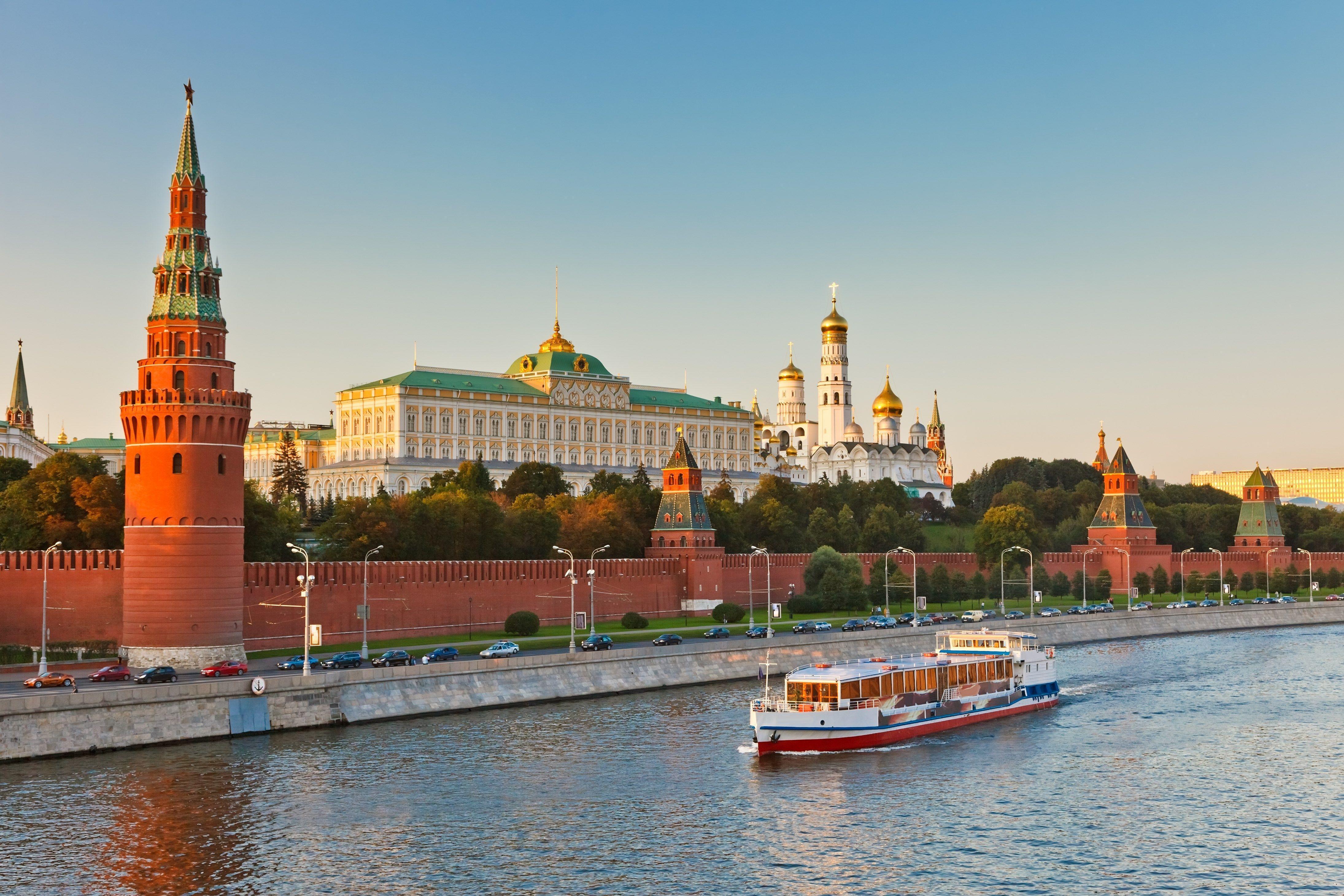





| Departure Dates | 2026: MAR 9, 23. APR 6, 20, 27. MAY 4, 18. JUN 8, 22. JUL 6, 20. AUG 10, 24. SEP 7, 21. OCT 5, 12, 19. NOV 2, 9. |
|---|---|
| Tour Code | Russia |
| EX | Moscow |
| Vehicles Used | As per Group Size |
| Duration | 6 Nights / 7 Days |
| States/Countries Visited | Russia |
| Places Visited | Moscow, St. Petersburg |
| Best Time To Visit | March to November |
Kremlin (Territory + Cathedrals)
Red Square
St Basil’s Cathedral (outside)
Lenin Mausoleum (outside)
Cathedral of Christ the Saviour
Bolshoi Theatre (photostop)
Sparrow Hills
Moscow University (photostop)
Boat ride along Moskva river (1 hr)
Peterhof Palace
Sapsan train (Moscow - St. Petersburg - Moscow); economy class
Spilled Blood Church (photostop)
Vasilievsky island
Anichkov Bridge
Peter & Paul’s Fortress (territory)
The Hermitage museum (entrance)
Palace Square
Alexander’s Column monument
Pushkin (Catherine’s Palace + Park)
Moscow Metro ride tour
Current Hotel Taxes and Service Charges
Transfers & sightseeing by A/C reserved vehicle as per itinerary
3 Nights in Moscow, 3 Nights in St. Petersberg - Accommodation in 4 * category hotels / Resort on twin / triple sharing basis
Beautifully illustrated Itinerary.
Breakfast, Lunch & Dinner as per itinerary on fixed menu basis. 6 lunch and 6 dinners at Indian Restaurants.
Entry Tickets, activities as per itinerary.
VISA Charges
Moscow- St Peters Berg - Moscow by Sapsan Speed Train ( Economy Class)
Complimentary Insurance up to 80 years of age.
English speaking guide for all transfer and city tours.
0.5l water bottles x 2 per person per day.
An hour boat ride in Moscow and St. Petersberg.
Metro ride tour in Moscow
Any drinks alcoholic or non alcoholic
Excess baggage charge
Personal expenses
Increases in airfares or Government imposed taxes
Services not specifically stated in the itinerary
5% GST
Anything not mentioned in cost includes
TCS applicable as per Government rules.
Bengaluru - St Peter's Berg, Moscow - Bengaluru Flight Tickets
Complimentary insurance is up to 80 years of Age and Above 80 years insurance premium will as per the insurance company policy
Early check in/ late check out
Optional tours & services
Tips to guide & driver
NOTE: This tentative itinerary is for your reference only. Final itinerary will be issued only after the confirmation of Air tickets/Hotel Bookings.
Bengaluru - Moscow - Bengaluru Flight Tickets INR 65000/- aproximetaly
Insurance is complimentary and Adigas Yatra is only the service provider, and all claims and settlements will be settled by the Insurance company as per IRDAI rules and regulations.
| Departure Dates | 2026: MAR 9, 23. APR 6, 20, 27. MAY 4, 18. JUN 8, 22. JUL 6, 20. AUG 10, 24. SEP 7, 21. OCT 5, 12, 19. NOV 2, 9. |
|---|---|
| Tour Code | Russia |
| EX | Moscow |
| Vehicles Used | As per Group Size |
| Duration | 6 Nights / 7 Days |
| States/Countries Visited | Russia |
| Places Visited | Moscow, St. Petersburg |
| Best Time To Visit | March to November |
| Category | Price |
|---|
Kremlin (Territory + Cathedrals)
Red Square
St Basil’s Cathedral (outside)
Lenin Mausoleum (outside)
Cathedral of Christ the Saviour
Bolshoi Theatre (photostop)
Sparrow Hills
Moscow University (photostop)
Boat ride along Moskva river (1 hr)
Peterhof Palace
Sapsan train (Moscow - St. Petersburg - Moscow); economy class
Spilled Blood Church (photostop)
Vasilievsky island
Anichkov Bridge
Peter & Paul’s Fortress (territory)
The Hermitage museum (entrance)
Palace Square
Alexander’s Column monument
Pushkin (Catherine’s Palace + Park)
Moscow Metro ride tour
| Day 1: Moscow |
|---|
| On arrival Moscow meet and assist at the Airport transfer to hotel Check-in at hotel. Lunch on the way to Hotel at Indian restaurant . Free time to relax. Night dinner at Indian Restaurant and Over night at the hotel. |
| Day 2: Moscow |
| Buffet Breakfast Visit to Kremlin (territory + cathedrals) + Red Square + St Basil’s Cathedral (outside) + Lenin Mausoleum (outside) + Alexander Garden Lunch at Indian restaurant City tour: Cathedral of Christ the Saviour, Bolshoi Theatre (photostop), Sparrow Hills, Moscow University (photostop) GUM shopping mall Boat ride along Moskva river (1 hr). Dinner at Indian restaurant. Over night stay at Moscow |
| Day 3: Moscow- St. Petersburg |
| Breakfast at Hotel Proceed for Peterhof Palace: The Peterhof Palace (an emulation of early modern Dutch Buffet breakfast Check out Transfer to railway station 09:30 – 13:30 – Sapsan train (MOW-SPB); economy class/*time of train departure can be changed according to train schedule & tickets availability Arrival in St Petersburg Transfer from railway station Lunch at Indian restaurant Check in Panoramic Guided City tour with Spilled Blood Church (photostop), Spit of Vasilievsky island, Nevsky prospect, Anichkov Bridge, Peter & Paul’s Fortress (territory), Bronze Horseman – statue of Peter the Great (photostop), Aurora battleship (photostop), St Isaac’s Cathedral (photostop) & Square, monument to Nikolas I & etc. Dinner at Indian restaurant Overnight at the hotel. |
| Day 4: St. Petersburg |
| Buffet Breakfast The Hermitage museum (entrance) + Palace Square + Alexander’s Column monument Lunch at Indian restaurant Rivers & canals boat ride tour (1 hr) Time for shopping Dinner at Indian restaurant Overnight at the hotel |
| Day 5: St. Petersburg |
| Buffet Breakfast Visit to Pushkin (Catherine’s Palace + park) Lunch at Indian restaurant.Time for shopping Dinner at Indian restaurant Overnight at the hotel |
| Day 6: St.pertersburg- Moscow |
| Buffet breakfast Check out Transfer to railway station . Sapsan train (SPB-MOW); economy class/*time of train departure can be changed according to train schedule & tickets availability Arrival in Moscow Transfer from railway station Lunch at Indian restaurant Metro ride tour Check in Dinner at Indian restaurant Overnight at the hotel |
| Day 7: Moscow - Bengaluru |
| Buffet breakfast 12:00 - Check out pick up from hotel Transfer to airport flight back to India End of services (coach & guide for airport transfer only) |
Current Hotel Taxes and Service Charges
Transfers & sightseeing by A/C reserved vehicle as per itinerary
3 Nights in Moscow, 3 Nights in St. Petersberg - Accommodation in 4 * category hotels / Resort on twin / triple sharing basis
Beautifully illustrated Itinerary.
Breakfast, Lunch & Dinner as per itinerary on fixed menu basis. 6 lunch and 6 dinners at Indian Restaurants.
Entry Tickets, activities as per itinerary.
VISA Charges
Moscow- St Peters Berg - Moscow by Sapsan Speed Train ( Economy Class)
Complimentary Insurance up to 80 years of age.
English speaking guide for all transfer and city tours.
0.5l water bottles x 2 per person per day.
An hour boat ride in Moscow and St. Petersberg.
Metro ride tour in Moscow
Any drinks alcoholic or non alcoholic
Excess baggage charge
Personal expenses
Increases in airfares or Government imposed taxes
Services not specifically stated in the itinerary
5% GST
Anything not mentioned in cost includes
TCS applicable as per Government rules.
Bengaluru - St Peter's Berg, Moscow - Bengaluru Flight Tickets
Complimentary insurance is up to 80 years of Age and Above 80 years insurance premium will as per the insurance company policy
Early check in/ late check out
Optional tours & services
Tips to guide & driver
NOTE: This tentative itinerary is for your reference only. Final itinerary will be issued only after the confirmation of Air tickets/Hotel Bookings.
Bengaluru - Moscow - Bengaluru Flight Tickets INR 65000/- aproximetaly
Insurance is complimentary and Adigas Yatra is only the service provider, and all claims and settlements will be settled by the Insurance company as per IRDAI rules and regulations.